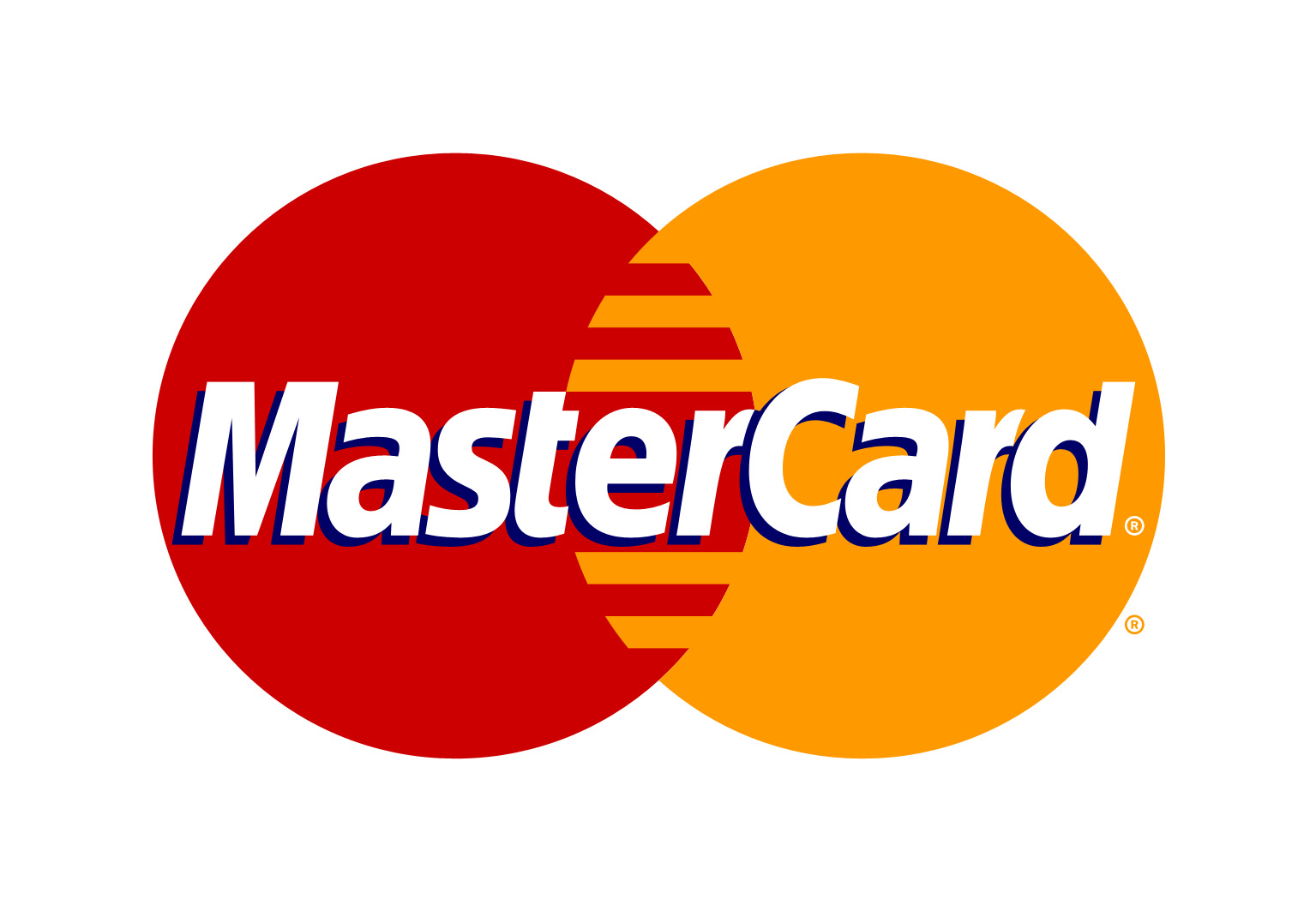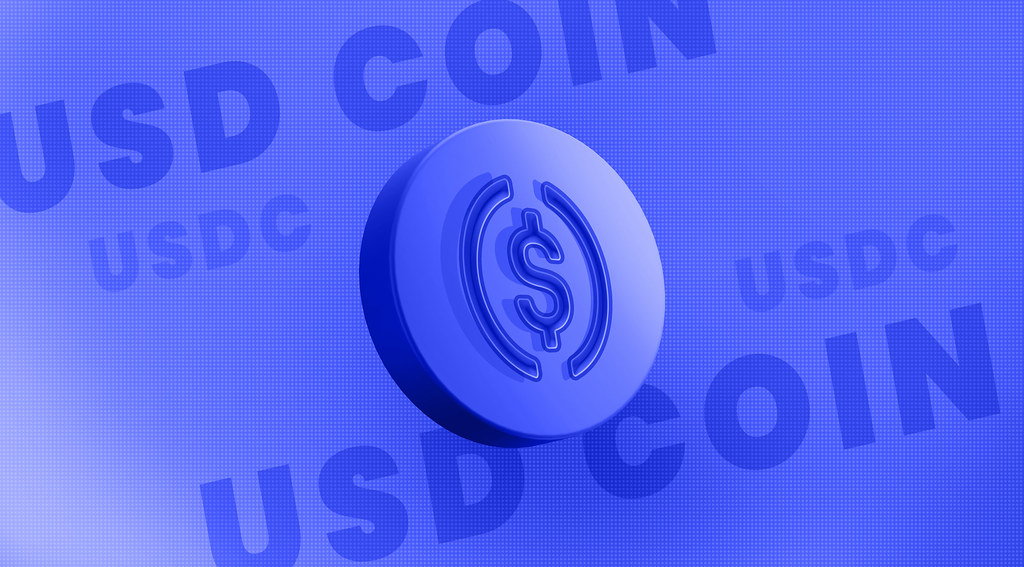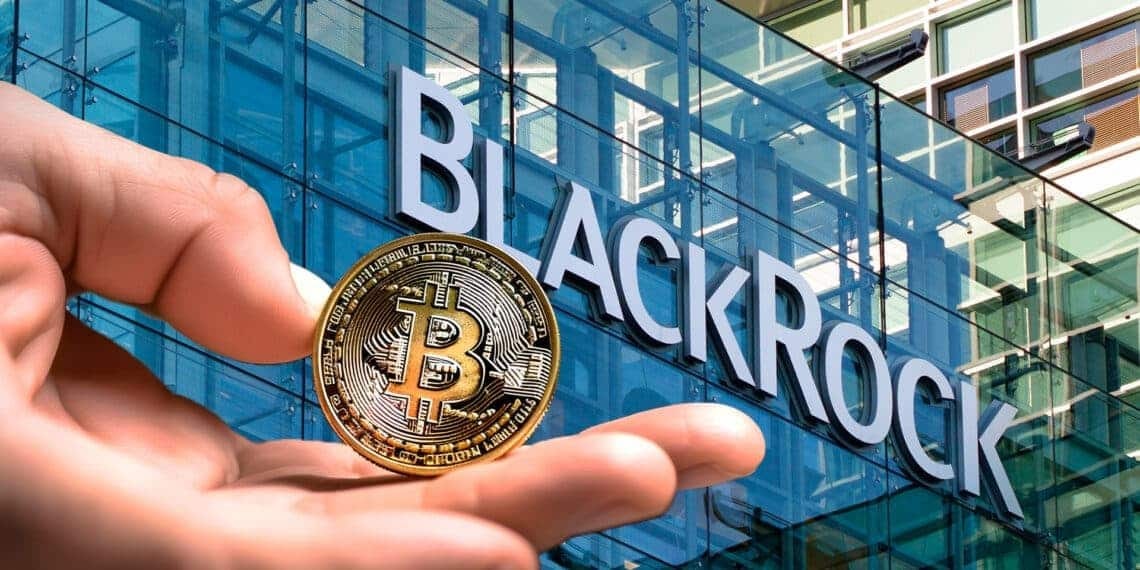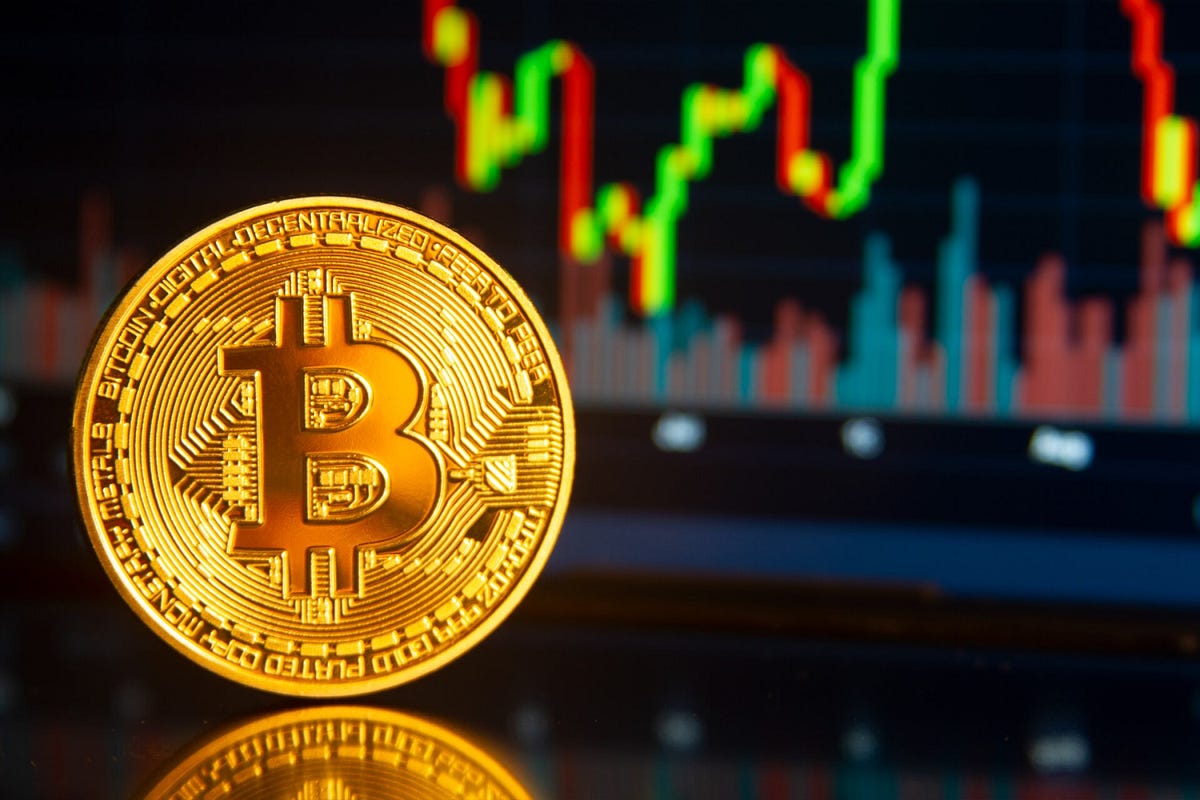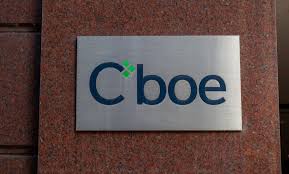Solana revenue surged to $2.85 billion across DeFi, AI and trading platforms, surpassing Ethereum’s early growth as institutions and ETFs push Solana into the financial mainstream.
In a groundbreaking year for the blockchain sector, Solana revenue has soared to an astonishing $2.85 billion, signaling its rapid evolution into one of the most powerful ecosystems in crypto. With strong contributions from decentralized finance, AI applications and trading platforms, Solana is outpacing Ethereum’s early trajectory by a wide margin. This growth is being powered not only by community adoption but also by a growing wave of institutional interest and treasury integrations that are positioning Solana as a central pillar of next generation finance.
Solana Revenue Surpasses Ethereum’s Early Growth Curve
Over the past twelve months, Solana revenue has averaged about $240 million per month, peaking at $616 million in January during the explosive memecoin wave that took over the network. Even after the frenzy settled, the blockchain consistently maintained monthly earnings between $150 million and $250 million, demonstrating impressive resilience and organic demand.
The latest report from asset management firm 21Shares highlights how this performance far exceeds Ethereum’s early revenue milestones. At a comparable stage in its development, Ethereum was generating under $10 million per month less than one-twentieth of Solana’s current output. The combination of Solana’s fast block times, low transaction fees and scalable infrastructure has made it the preferred network for developers and traders seeking efficiency and speed.
With between 1.2 and 1.5 million daily active addresses, Solana is attracting three times the user base Ethereum had at a similar phase, cementing its reputation as the most rapidly expanding Layer 1 ecosystem of the decade.
Trading Platforms Drive Majority of Solana Revenue
A substantial portion of Solana revenue continues to come from transaction fees generated across the network’s high-volume platforms. Validators earn from decentralized exchanges, memecoin launches, AI applications and trading tools all of which feed into the broader ecosystem’s financial engine.
Trading apps alone accounted for 39% of total network revenue, approximately $1.12 billion. Leading platforms such as Photon and Axiom have emerged as key drivers of Solana’s liquidity, providing advanced trading features and efficient market-making infrastructure.
This robust trading activity has positioned Solana as the backbone of crypto’s new financial frontier, where DeFi, AI and decentralized infrastructure intersect. The network’s combination of institutional reliability and retail enthusiasm has transformed it into a hub for both speculative and long-term capital deployment.
Institutional Treasuries Strengthen Solana’s Market Position
Institutional adoption is fast becoming a defining theme for Solana revenue growth. The report by 21Shares notes that nearly $4 billion worth of SOL is now held by publicly listed companies as part of their digital asset treasuries.
One notable example is Nasdaq-listed Brera Holdings, which recently rebranded as Solmate after completing a $300 million oversubscribed PIPE raise. The company aims to build a Solana-centric treasury and infrastructure platform, aligning itself with a broader movement of firms pivoting toward Solana’s ecosystem.
At present, 18 companies collectively hold 17.8 million SOL tokens, with Forward Industries and Sharps Technology leading the pack. This institutional confidence not only enhances network stability but also strengthens Solana’s appeal as a store of digital value, potentially creating a foundation for future enterprise-level applications.
Solana ETFs Await Key SEC Decisions
Another critical factor likely to boost Solana revenue in the coming quarters is the potential approval of Solana-based exchange-traded funds. Several financial giants, including Fidelity, VanEck, Grayscale, Canary and Franklin Templeton, have submitted spot Solana ETF applications to the US Securities and Exchange Commission.
Additional filings from 21Shares and Bitwise are also awaiting review. While the ongoing US government shutdown has delayed official decisions, market sentiment remains overwhelmingly bullish. Data from Polymarket shows that bettors assign a 99% probability to Solana ETF approvals before the end of the year.
ETF listings would mark a major milestone for the network, offering institutional investors a compliant and regulated entry point into Solana exposure potentially unlocking billions in inflows and cementing its position alongside Bitcoin and Ethereum in mainstream portfolios.
Solana’s Next Phase: From Growth to Global Dominance
The surge in Solana revenue represents more than just impressive financial metrics; it underscores the blockchain’s evolution from a high-speed alternative to Ethereum into a diversified financial ecosystem. Its scalability and cost efficiency have made it a natural fit for DeFi protocols, AI-driven platforms and advanced trading systems.
With institutional treasuries expanding and ETF approvals on the horizon, Solana is entering a phase of sustained momentum that could define the next era of blockchain finance. The network’s ability to combine technical innovation with real-world financial adoption puts it in a rare position where both retail and institutional players are aligned in their confidence and participation.
If current trends continue, Solana’s rise could reshape how the world perceives decentralized networks, transforming it from a high-performance blockchain into a foundational infrastructure for global finance.
Disclaimer: Parts of this article were generated with the assistance from AI tools and reviewed by our editorial team to ensure accuracy and adherence to our standards.

